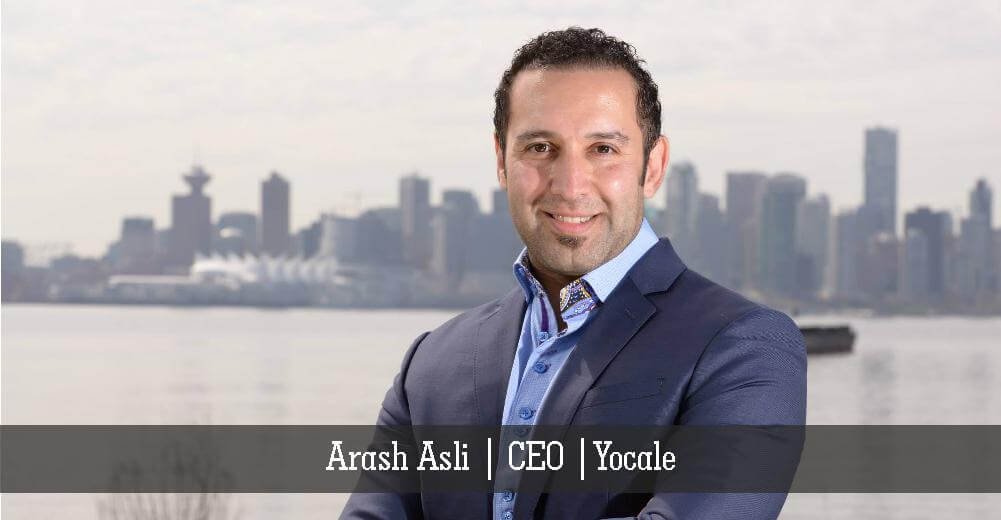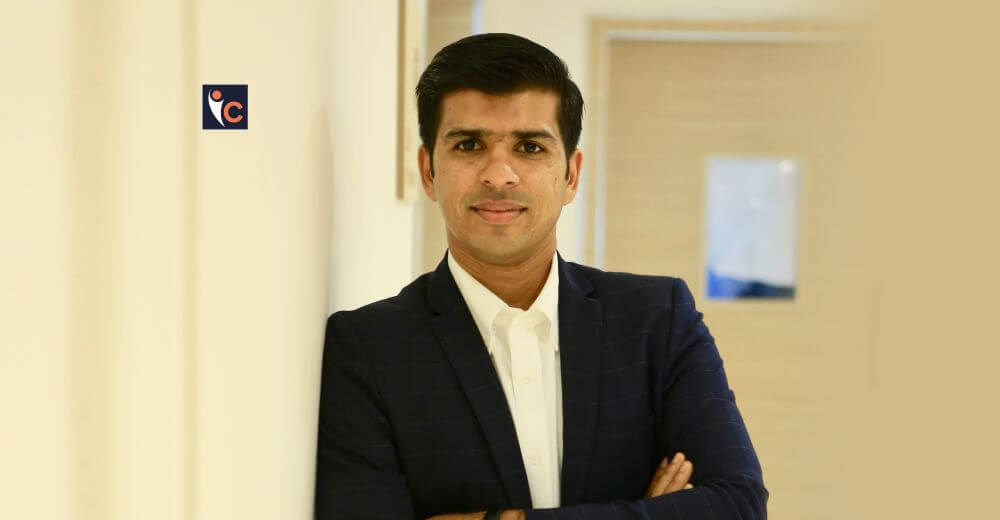Technology is often the vessel that brings a great deal of progress and change. Nowhere is that more evident than within the healthcare space.
If entrepreneurs and professionals apply the same working principles, they will put themselves in a much better position to lead their own organization.
With all of this in mind, here are some of the leading trends and issues that currently exist in the healthcare space.
Cloud Access, Mobility & Patient Empowerment
The movement within the healthcare space toward cloud access and mobility are among the leading digital trends.
In short, the healthcare industry is moving away from paper charts and file rooms where patients cannot access their own health records toward a more accessible approach whereby health records are stored in the cloud and therefore easily accessible to patients.
This would enable patients to access their medical records 24/7. It is estimated that by 2018, 65% of interactions with healthcare facilities will be conducted over a mobile device.
Ultimately, this trend toward cloud access and mobility means that patients are much more in control of their health. This is a movement away from the paternalistic model of care and toward a model of care where patients are much more in control of their own data and therefore their own health.
This trend is part of a greater trend in healthcare: patient empowerment. Today, people have more access to information about their health than ever before. As a result, they are becoming much more informed and accountable.
Instead of receiving treatment in-person, for example, patients are obtaining their own readings on mobile phones and sending this data to their doctor wirelessly.
All of this is to say that any time a healthcare solution provider breaks down these long-standing barriers between patients and their own health information (like their medical records), they empower patients and organizations alike.
Protection of Health Records Against Security Threats
As more client data is being uploaded to the cloud, the topic of security has become a necessary talking point among the health care space and a leading concern.
Indeed, it is imperative that healthcare professionals protect their clients’ data against the range of security threats that exist today.
An example here would be SOAP notes – the documentation method used by allied healthcare professionals to document a patient’s progress during treatment. SOAP notes essentially standardize the method of documenting patient symptoms and treatment so that all practitioners can communicate clearly with each other.
Automation (Reducing No Shows + Automating Intake Forms)
The trend toward automation is taking hold in many different sectors of the healthcare space. Automation also offers a promising solution to a chronic problem facing the healthcare industry.
No shows, when patients fail to make their appointments, cost the healthcare industry 150 billion dollars a year according to the most recent estimates.
It has also been shown that no-shows are not always the fault of the patient alone, but they can actually be mitigated if the healthcare industry put certain measures in place.
A leading reason why patients fail to attend their appointments, for example, is due to the fact that there is too much time between the scheduling of the appointment and the actual appointment itself.
Studies continue to show that reminders reduce patient no-shows. A study published in The Internet Journal of Healthcare Administration, for example, found that email reminders reduced no shows by as much as 36%; similar findings continue to emerge.
These automated reminders not only reduce no shows but also reduce time spent on the phone, therefore saving costs and allowing those in the healthcare space time to focus their efforts on higher priority efforts like delivering better care.
Another automation trend in the healthcare space, is automating intake forms. Intake forms are used to collect basic data about a new patient. Today, those in the healthcare industry are moving away from paper-based intake forms and replacing them with electronic ones.
Electronic intake forms cut down on paper waste, allowing those in the healthcare industry to go green. Automating the process also makes the time-consuming intake forms process much more efficient. They are also beneficial from the standpoint of patient care.
For example, automated intake forms allow practitioners to learn about their clients beforehand to determine if they are suitable or not first. Secondly, practitioners are in a better position to understand their clients prior to their first meeting and therefore are better equipped to ask better questions, etc.
Self-Scheduling
In line with the broad healthcare trend to improve accessibility and empower patients, self-scheduling, that is, giving patients the ability to book appointments online at a time that is convenient for them, is a trend that is poised to revolutionize the healthcare space in more ways than one.
Research has predicted that by the end of 2019, 66 percent of health care systems will offer self-scheduling to their patients.
This is in line with the idea that more and more people today (even beyond the healthcare space) are looking for businesses and various service providers to provide self-service options.
The survey above found that 77 percent of people in the healthcare industry alone would already like the ability to book, change and cancel appointments online.
But, as you will see below, this trend toward self-scheduling software doesn’t just permit healthcare providers to stay competitive and enhance patient satisfaction by offering online booking.
This trend toward self-scheduling will make it possible for healthcare providers to reduce admin and the costs associated with paper-based bookings and to answer the broad trend in health care which is the digitizing of health data so that it becomes more accessible, as explained above.
A byproduct of this trend also means that those in the healthcare space will be able to fulfill their commitment toward improving sustainability and environmentally-friendly practices through improved efficiencies and the reduction of paper, a long-standing concern for the healthcare industry.
Conclusion
Software has made it possible for healthcare providers to make client data more accessible (while also ensuring that this data is highly secured). It has also allowed healthcare providers to become increasingly automated, reducing no-shows and making intake forms more efficient and green as a result.
Lastly, software has also allowed, and will continue to allow, healthcare providers to offer self-service options, giving the tools to allow patients to become more empowered in their own health. In turn, this technology has made it possible for those in the healthcare space to simultaneously reduce admin and to go green.
If entrepreneurs and professionals position themselves to strategically meet the needs of their industry through the methods outlined above, from the healthcare space and beyond, they too have the tools to become top solutions providers and to grow their organization as a result.
By – Arash Asli
CEO
Yocale















